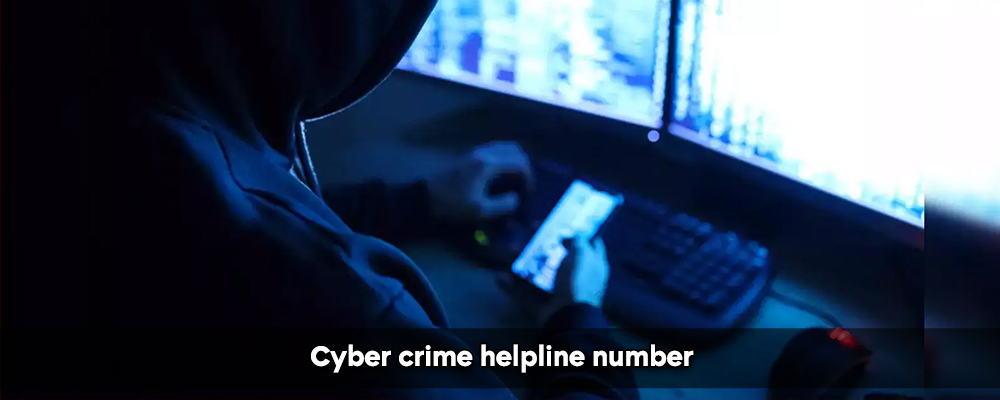For a long time, cybercrime has been an issue plaguing the digital world. The tactics that criminals use to perpetrate cybercrimes also advance with technology. The term “cybercrime” refers to a broad spectrum of illegal activity, including hostile attacks on computer networks and identity theft and fraud. To take precautions against falling victim to cybercrimes, people and organizations need to be aware of the various kinds of these crimes.
Any institution, including enterprises, must be aware that cybercrimes occur and be able to spot the warning indications of them. It is necessary to take the necessary precautions to avoid becoming one of their victims.
Need A Legal Advice
The internet is not a lawyer and neither are you. Talk to a real lawyer about your legal issue

Which categories of cybercrime exist?
- Phishing scams are a kind of cybercrime that has been around for around 20 years, yet they still pose a serious risk to both individuals and businesses. Phishing is essentially a type of social engineering in which an individual sends out emails or texts that appear authentic in an attempt to obtain sensitive information, such as credit card numbers, bank account information, or usernames and passwords. Typically, there are two main motivations for this fraud: financial gain or malevolence.
- Cybercrime impacts modern society as a whole, with malware attacks constituting a particularly harmful component. Attacks with malicious software arise when malicious code or software gains access to a user’s computer system. These might be anything from little annoyances like sending out spam emails to more significant breaches like stealing financial and personal information.
Any programming meant to damage or interfere with PCs and systems is known as malware. It may be programmed to do almost anything, including collecting sensitive account information and monitoring user activity on a device. It is becoming more and more difficult for individuals and organizations to protect their digital assets from these threats, which typically take the form of viruses, worms, Trojan horses, spyware, ransomware, and much more.
- The term “hacking” describes the unauthorized use, alteration, or exploitation of computer systems, networks, software, or digital devices to get data, interfere with everyday business, or carry out illegal acts. Hackers identify weaknesses in systems and take malicious advantage of them using technical expertise.
- Cybersecurity professionals known as “white hat” or “ethical hackers” use their expertise to find and fix flaws in software, networks, and systems. They work under a code of ethics and with authorization, unlike malevolent hackers, to bolster security and fend off online attacks.
To protect digital assets, they engage in penetration testing, vulnerability assessments, and other ethical hacking methods. To keep information systems secure and reliable, white hat hackers are essential to creating a safer online environment.
Individuals or organizations that participate in malevolent and illicit actions online are known as “black hat hackers.” They make use of weaknesses in software, networks, and systems to obtain access, steal information, commit fraud, or do damage. Black Hats, in contrast to ethical hackers, operate without authorization and frequently do so for financial gain, personal gain, or to wreak havoc.
Their acts may cause financial losses, data breaches, harm to people and businesses, and more. To safeguard the security and privacy of digital networks, law enforcement, and cybersecurity experts collaborate to locate and detain Black Hat Hackers.
Between the malevolent Black Hat hackers and the moral White Hat hackers are some who operate as grey hat hackers. They participate in hacking without authorization, although they don’t necessarily have bad intentions. To spread awareness of security flaws, grey hats may find and take advantage of vulnerabilities in software, networks, or systems.
Even if what they do can be against the law in theory, they frequently do it to assist companies in strengthening their security. However, there may be legal repercussions for their actions due to their unethical nature. Grey Hat Hackers have a wide range of motivations and work in a grey area
1930 is the helpline number
The national hotline for cybercrime is 1930. If you become a victim of financial fraud, you can contact this number by providing the required information, which includes your name, contact details, account number, and account details of the bank account that received the money transfer.
The hazards linked to malevolent online activity are increasing as society becomes more digitally savvy. The ever-changing landscape of cybercriminals jeopardizes our digital security. Therefore, to protect our online presence, we must handle cybersecurity with the highest seriousness and take proactive measures.
Lead India provides a variety of legal services, including free legal advice and online information. Here, you can ask a legal question and talk to a lawyer.





 Talk to a Lawyer
Talk to a Lawyer